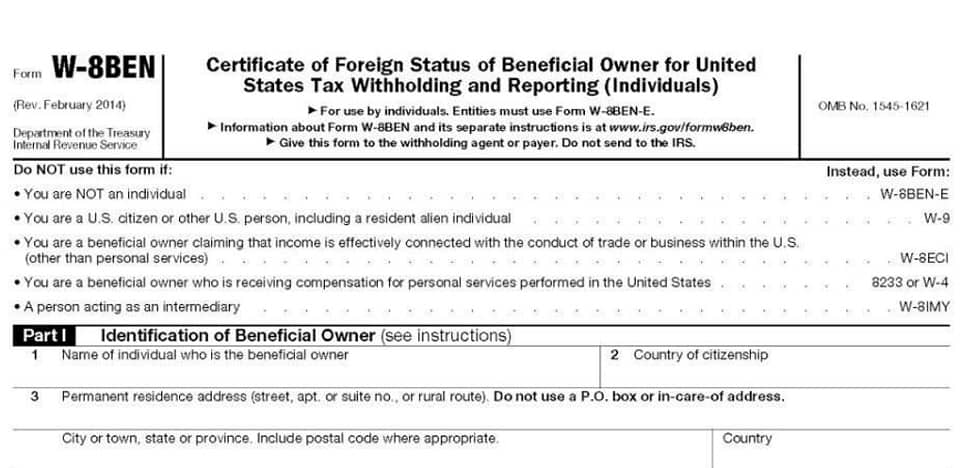How to Start a Winery

Our mission is to help clients maintain financial viability in the present while taking a proactive approach to achieve future goals. This requires open communication to reach an understanding of our clients’ needs through research and sound analysis. Pellegrino, wine accounting Saccomani & Wells, CPA’s, LLP is dedicated to meeting these goals with high standards of excellence and professionalism. We have been a staple of the area’s business community for years, and pride ourselves on the level of esteem we have earned.

Get funding for your wine business
- Because the POS system tracks the amount of cash collected in the tasting room, daily reports can verify that the correct amount of cash was deposited into the bank.
- Be sure to include a summary of the business to start, and then a company overview, market analysis, specifics on the product you plan to offer, financial projections and more.
- Lastly, most vineyard owners want to build a production facility and tasting room, since 90% of revenue will come through your tasting room.
- This requires open communication to reach an understanding of our clients’ needs through research and sound analysis.
- Changes to tax code in 2017 now allow expensing for many winemaking costs and therefore creating greater disparity between U.S.
It’s ideal to establish departments that correspond to the natural flow of the winemaking process. That includes rent, depreciation, business or property insurance, maintenance, cleaning supplies, and property taxes. While those costs are being accounted for, it’s also vital to track the movement of your inventory. This includes keeping tabs on what materials and labor went into creating specific vintages and blends. These include costs of grape acquisition, labor, packaging materials, overheads, and cellar operations.
What common mistakes do wine businesses make in their accounting, and how can they be avoided?
For example, if the bonded warehouse is responsible for paying excise taxes, winery personnel should follow up with the tax authorities to make certain that taxes have been paid. Periodic physical inventory counts of bottles stored at bonded warehouses can also help to detect inventory theft. Many internal controls utilized in other industries to protect against and detect asset misappropriation are relevant to wineries as well. For example, carefully vetting applicants for sensitive positions in the winery, including background and credit checks, can help to ensure an honest workforce.
- Whether you’re a seasoned vintner or new to the industry, understanding the financial underpinnings of your business is crucial.
- Assume you receive an electricity bill, for the past quarter (90 days) of usage, of $10,000.
- Lowering your overall COGS will help increase your profit marge, but there are plenty of considerations to carrying this out successfully.
- This enables better decision-making and enhances the vineyard’s financial stability.
- Here are some examples of common overhead expenses of this kind and how they’re typically broken down.
- When it comes to keeping accounts of vineyards, cash or accrual accounting can be done.
Come up with a name and choose a business entity
While accurate tax reporting is essential, the primary goal of accounting goes beyond tax preparation—it’s about enabling better business decisions. By understanding how all the transactions fit together in your winery business, you can plan strategically, manage cash flow more effectively, and ensure financial stability. Isolating the costing pools at various stages of production aids in allocating period overhead costs more precisely and allows for more accurate tracking of the component costs of blended wines.

On the other hand, cellar aging costs are typically shared by all wines in the cellar. These are most commonly allocated to the wines based on a weighted average number of gallons in the cellar. Barrel aging costs, https://www.bookstime.com/articles/catch-up-bookkeeping which usually include barrel rent or depreciation, and sometimes an allocation of overhead, should only be allocated to the wines that are being stored in barrels, based on the weighted average gallons in barrels.
APO Services
- The three began Cannonball as a “virtual” company — they don’t own a winery, or a vineyard.
- That makes a significant difference to your cost allocation of $225 compared to $675 respectively.
- On the other hand, cellar aging costs are typically shared by all wines in the cellar.
- The WIP accounts hold the value of those wines in production until they are released for sale, and with that, the value moves the Cost of Goods Sold on your balance sheet.
- This article is part of a three-part series on the cost of goods sold—a key metric that can help wineries understand their profit margins.
- Adhering to these legalities greatly strains wineries since non-compliance can result in major penalties and legal consequences.

How to set KPIs in your winery (

